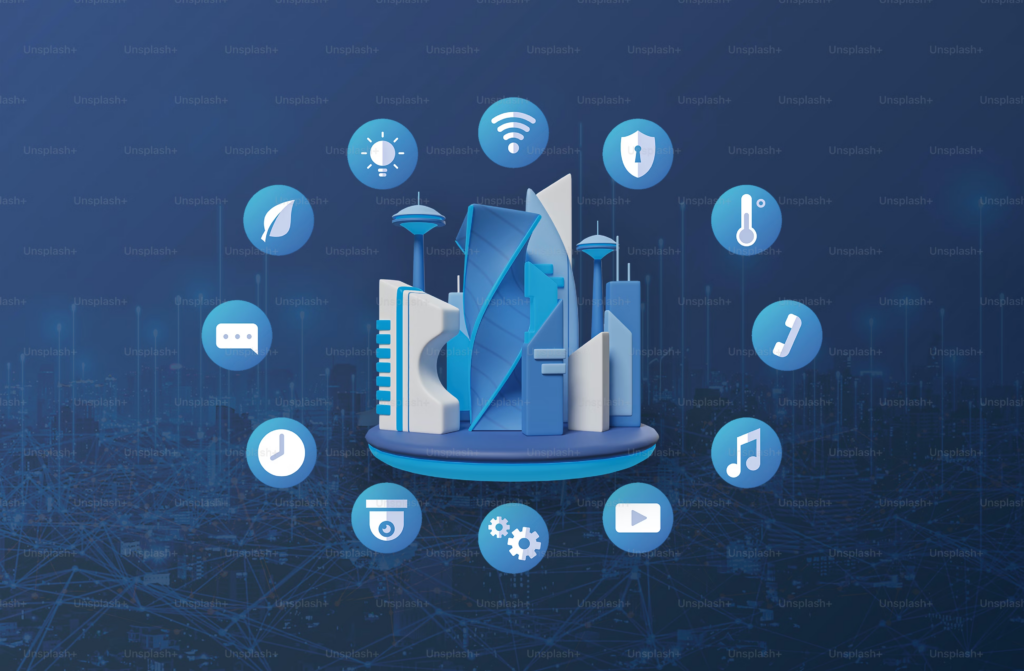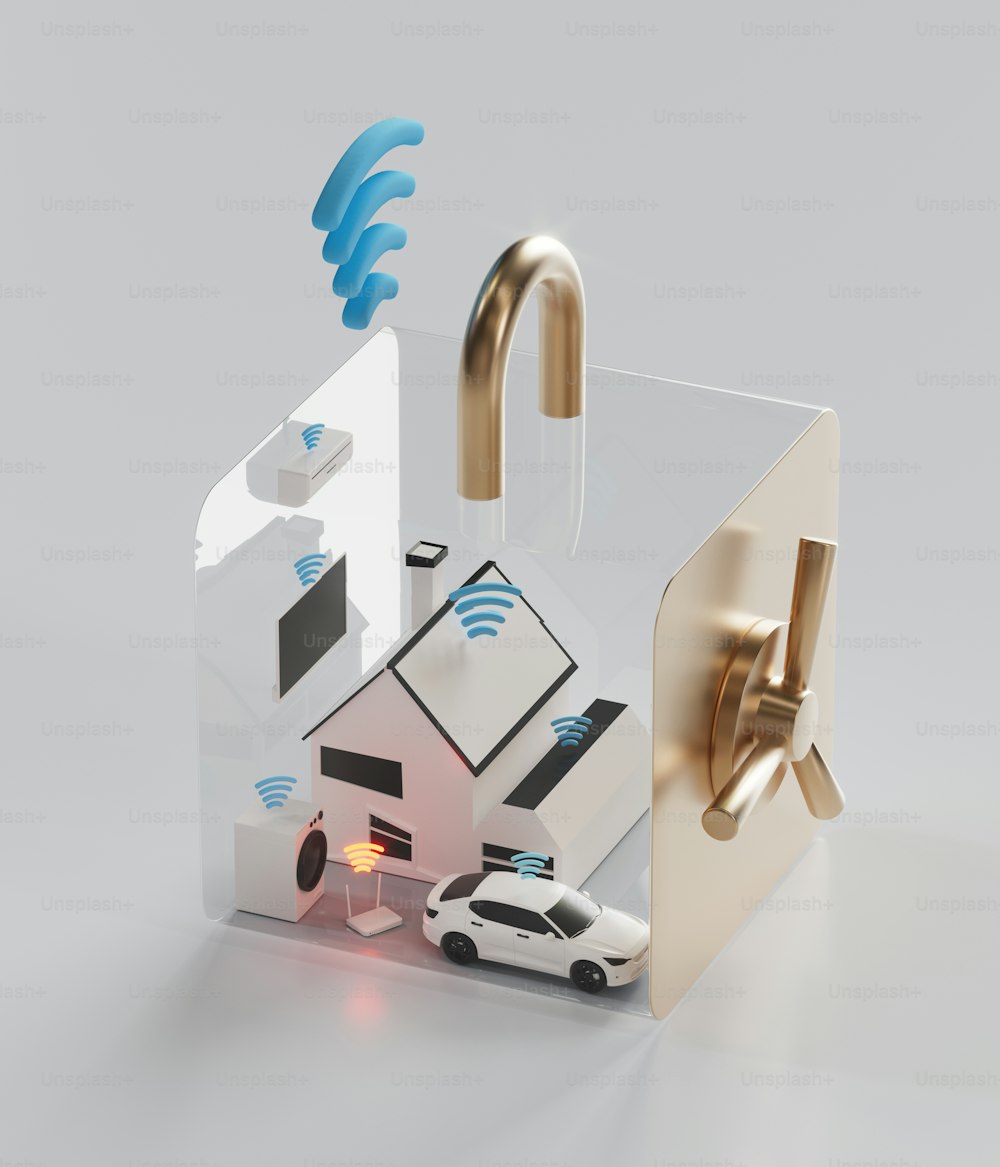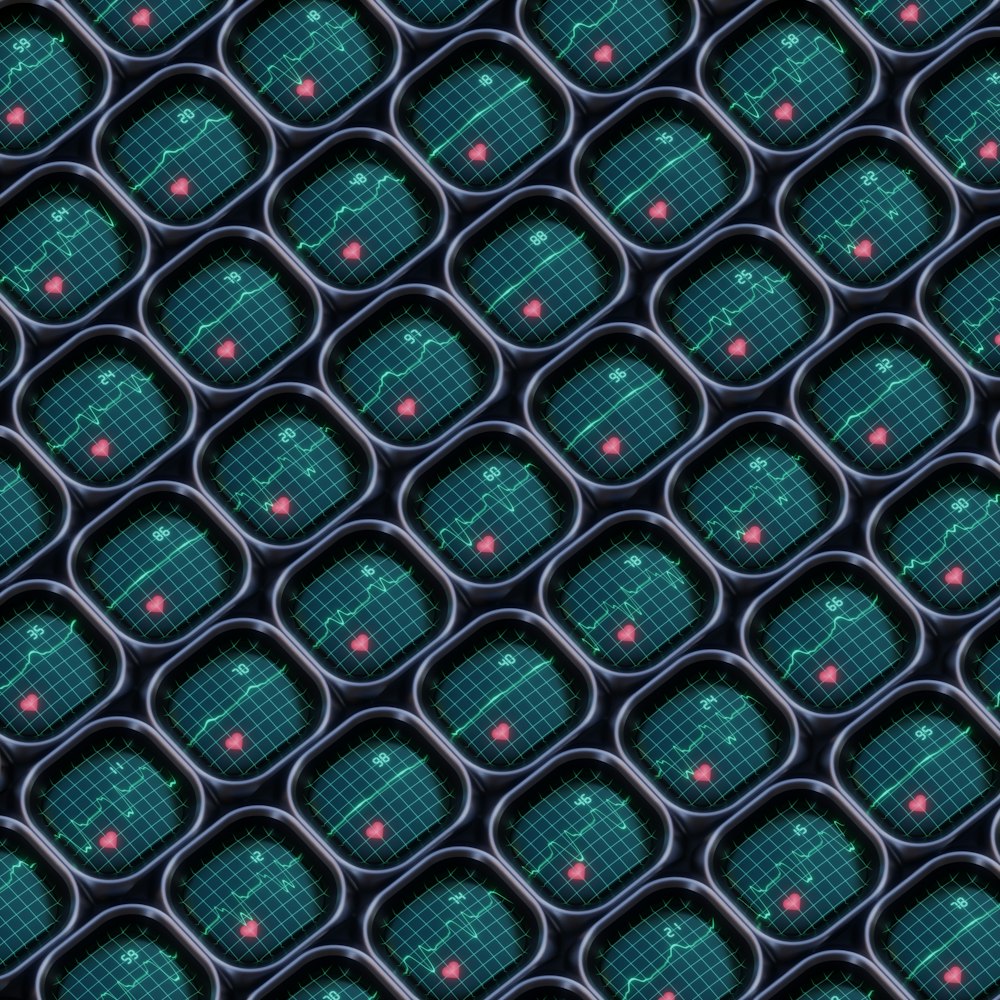
Introduction to the Internet of Things (IoT): Unveiling the Tapestry of Connectivity
In the expansive canvas of technological evolution, a phenomenon known as the Internet of Things (IoT) emerges as a transformative thread, weaving the very fabric of our daily lives into a tapestry of unprecedented connectivity. As we embark on this exploration, let us cast aside the shroud of complexity and embark upon a journey to demystify the essence of IoT, unraveling its significance in the landscape of the digital age.
At its core, the Internet of Things is a testament to the symbiotic relationship between the physical and the digital realms. It is an intricate dance wherein everyday objects, traditionally inert and unassuming, undergo a metamorphosis into intelligent entities. These objects, now bestowed with the power to connect to the vast expanse of the internet, herald a paradigm shift in how we perceive and interact with the world around us.
Consider the humble thermostat, once a nondescript regulator of ambient temperature. In the era of IoT, this unassuming device transcends its conventional role, metamorphosing into a „smart“ thermostat that not only regulates temperature but does so with an inherent intelligence. It learns our preferences, adapts to our routines, and communicates seamlessly with other smart devices in our homes, creating an orchestrated symphony of comfort and efficiency.
This transformative magic extends beyond the confines of our living spaces. Imagine a city where traffic lights communicate with vehicles, optimizing traffic flow to alleviate congestion. Picture a scenario where wearable fitness trackers not only monitor our physical activity but also sync seamlessly with our smartphones to provide real-time health insights. These are not figments of futuristic imagination but tangible manifestations of the interconnected ballet orchestrated by the IoT.
In this introductory chapter, we embark on a journey to unmask the intricate dance of connectivity that defines IoT. It is a journey that transcends technical jargon, inviting readers to envision a world where the inanimate becomes sentient, and the mundane transforms into the extraordinary. Through relatable examples and a nuanced exploration, the reader is invited to peer beyond the curtain of technological complexity and witness the emergence of a connected tapestry that binds the physical and digital realms in harmonious unison.
How IoT Works: Sensors and Connectivity Unveiled
As we delve deeper into the realm of the Internet of Things (IoT), the intricate machinery that powers this interconnected symphony comes into focus. Chapter 2 unravels the enigma by unveiling the two pivotal protagonists: sensors and connectivity. These unassuming yet powerful components lie at the heart of IoT, orchestrating a ballet of data exchange that transforms mundane objects into intelligent entities.
In the grand tapestry of IoT, sensors emerge as the unsung heroes, imbuing the inanimate with the ability to perceive and comprehend the world. These sensors, akin to digital senses, come in myriad forms—temperature sensors, motion detectors, and even cameras. They are the conduits through which everyday objects gain a form of digital awareness, collecting data from their surroundings with an almost sentient precision.
Consider the smart refrigerator, a beacon of IoT innovation. Nestled within its sleek exterior are sensors that discern the contents, their freshness, and even when they are about to expire. These sensors communicate seamlessly with the digital brain of the refrigerator, allowing it to send alerts or even create grocery lists, transforming a kitchen appliance into a culinary companion.
However, the dance of IoT is not limited to sensors alone. Connectivity emerges as the bridge that binds these intelligent objects into a cohesive network. Through a medley of wireless protocols like Wi-Fi, Bluetooth, and RFID, devices communicate with each other and with the broader digital realm. This connectivity transcends the physical boundaries of spaces, allowing devices to share information effortlessly and in real-time.
Consider the traffic sensor, a sentinel overseeing the urban landscape. Through its connectivity prowess, it communicates with traffic lights, guiding them to adjust dynamically based on real-time traffic conditions. This not only optimizes the flow of vehicles but also mitigates congestion—a testament to the transformative power of sensors and connectivity in our everyday environments.
In this chapter, readers are invited to peer into the inner workings of IoT, where sensors and connectivity intertwine to create a harmonious dance of data exchange. Through relatable examples, the complexities of these technological marvels are distilled into an accessible narrative, empowering readers to grasp the essence of how IoT transforms the ordinary into the extraordinary. The journey continues, unraveling the layers of interconnected brilliance that define the landscape of the Internet of Things.
IoT in Action: Enhancing Daily Life
Safeguarding the IoT World: Understanding Security
As we marvel at the wonders of the Internet of Things (IoT) and its transformative impact on our daily lives, it becomes imperative to navigate the corridors of security within this interconnected ecosystem. Chapter 4 delves into the critical realm of IoT security, unraveling the complexities while providing insights into how the connected world is safeguarded against potential risks.
In the expansive network of IoT devices, security assumes paramount importance. These interconnected entities, from smart thermostats to wearable devices, communicate sensitive data, creating a digital tapestry that must be shielded from potential threats. This chapter endeavors to demystify the landscape of IoT security, shedding light on the challenges and considerations inherent in safeguarding the interconnected world.
Consider the smart home, where devices seamlessly communicate to enhance convenience and efficiency. Behind this symphony of connectivity lies the necessity for robust security measures. Vulnerabilities in IoT devices could potentially open gateways for unauthorized access or data breaches. Understanding and mitigating these risks is crucial to ensure the privacy and safety of users within the interconnected haven of smart living.
The automotive industry, embracing the IoT with connected cars, faces its unique set of security challenges. As vehicles communicate with each other and with traffic infrastructure, the potential for cyber-attacks becomes a real concern. This chapter unravels the strategies employed to secure connected vehicles, ensuring that the driving experience remains not only intelligent but also safe and impervious to malicious intent.
Personal health, intricately woven into the IoT fabric through wearable devices and connected healthcare tools, demands a vigilant approach to security. Protecting sensitive health data from unauthorized access is paramount. The chapter elucidates how encryption, authentication, and other security measures fortify the healthcare landscape within the interconnected realm, fostering a climate of trust and confidence.
In navigating the world of IoT security, readers are invited to understand the proactive measures undertaken to mitigate potential risks. From encryption protocols to ongoing industry standards, the chapter explores how the guardians of the connected world diligently work to uphold the integrity of data and ensure that the promises of IoT are not compromised by security vulnerabilities. As we traverse this chapter, the reader is empowered with knowledge, equipping them to navigate the interconnected world with confidence and a heightened awareness of the protective measures that fortify the landscape of IoT.
Tomorrow’s World: Exploring Future Trends in IoT
In the grand tapestry of the Internet of Things (IoT), the final chapter beckons us to peer into the horizon, where the digital symphony orchestrated by interconnected devices evolves into new crescendos of innovation. As we explore the landscape of future trends in IoT, this chapter invites readers to envision the forthcoming chapters of this interconnected saga.
The dawn of smart cities emerges as a monumental canvas upon which IoT paints its next masterpiece. Imagine urban landscapes where traffic flow is harmonized in real-time, waste management is optimized through sensor networks, and energy consumption is streamlined to enhance sustainability. Smart cities leverage the interconnected intelligence of IoT to create environments that are not only efficient but also responsive to the needs of their inhabitants.
Edge computing, an architectural evolution within IoT, transforms the way data is processed and analyzed. This chapter illuminates how the shift towards processing data closer to the source, at the edge of the network, enhances real-time capabilities and reduces latency. From autonomous vehicles to industrial applications, edge computing becomes a linchpin in unlocking the full potential of IoT in diverse domains.
Artificial Intelligence (AI), entwined with IoT, forges a symbiotic alliance that propels both technologies to unprecedented heights. The convergence of AI and IoT introduces intelligent decision-making capabilities, where devices not only collect data but also analyze and act upon it autonomously. This chapter explores how this amalgamation heralds a new era where the collective intelligence of interconnected devices reshapes the dynamics of our digital existence.
The burgeoning realm of connected healthcare, propelled by IoT, takes center stage in shaping the future of well-being. From smart wearables that continuously monitor health metrics to IoT-enabled medical devices that facilitate remote patient care, the healthcare landscape undergoes a metamorphosis. This chapter elucidates how these innovations herald a future where healthcare is not only reactive but also proactive and personalized.
Tokenization, an emerging trend within the IoT domain, introduces novel paradigms of value exchange. The chapter unravels how tokenization facilitates secure transactions within the interconnected ecosystem, paving the way for innovative business models and decentralized economies. From smart contracts to tokenized assets, the integration of blockchain technology further augments the trust and transparency within IoT transactions.
As we conclude this exploration of future trends in IoT, the reader is invited to envision a world where interconnected intelligence permeates every facet of our existence. The landscape unfolds with promises of smarter cities, autonomous systems, and personalized experiences. The interconnected symphony of IoT continues to compose new movements, beckoning us to embrace a future where the ordinary becomes extraordinary through the seamless integration of technology into the very fabric of our lives.



